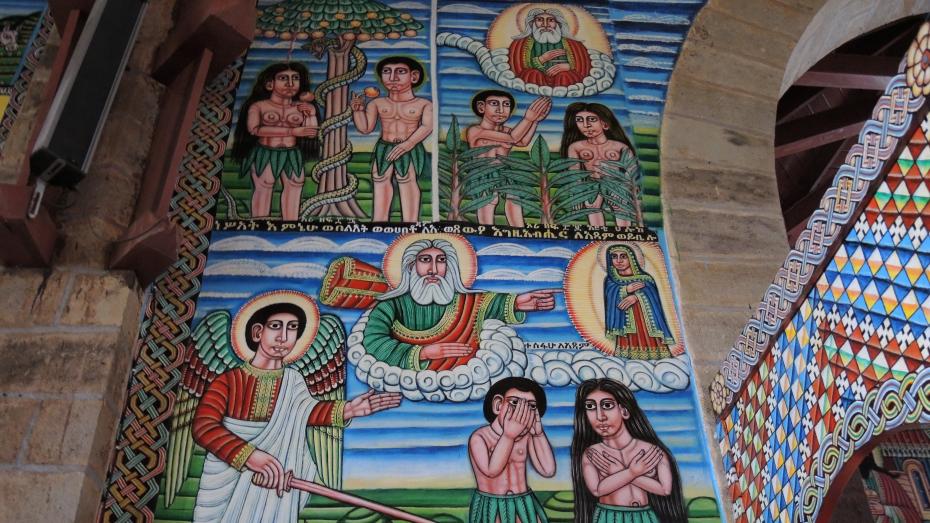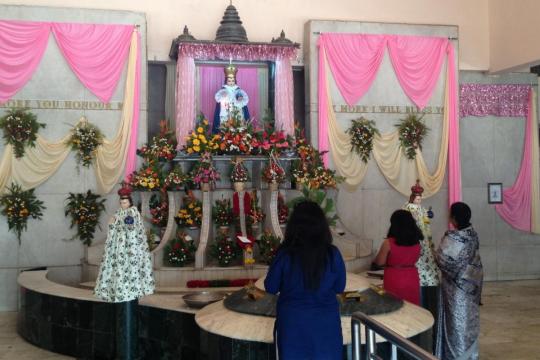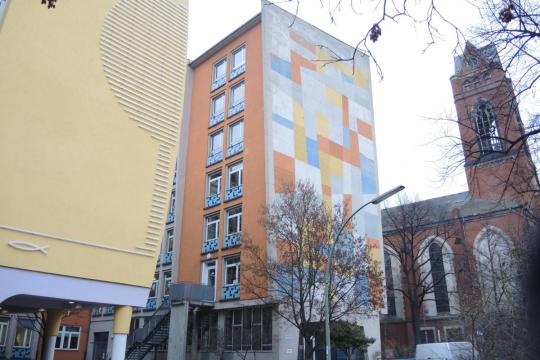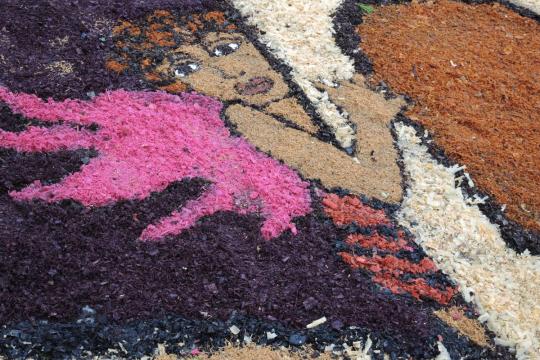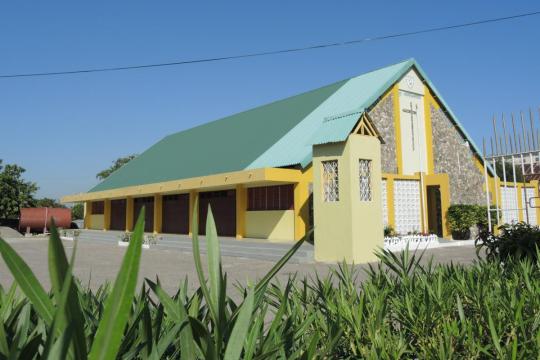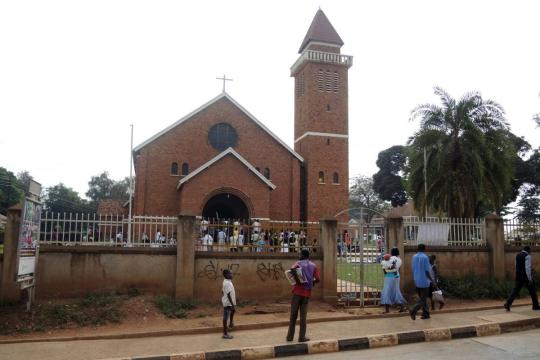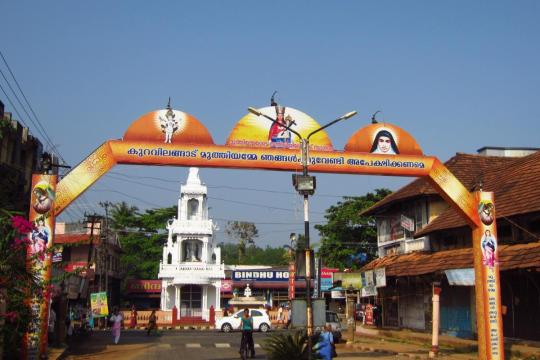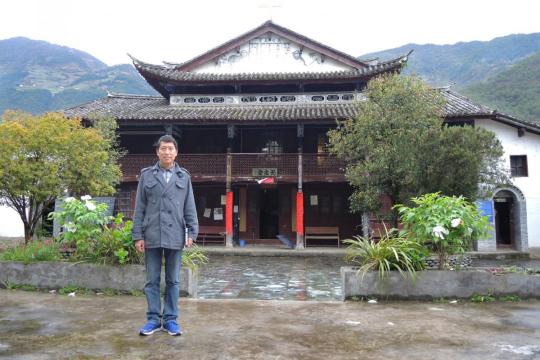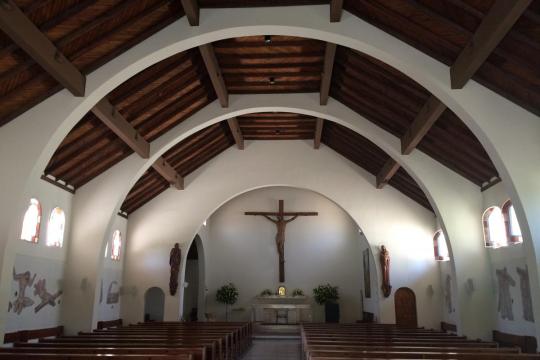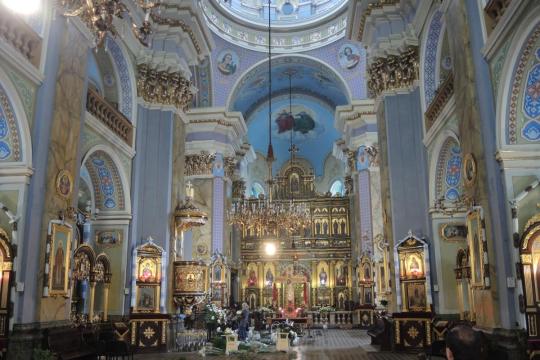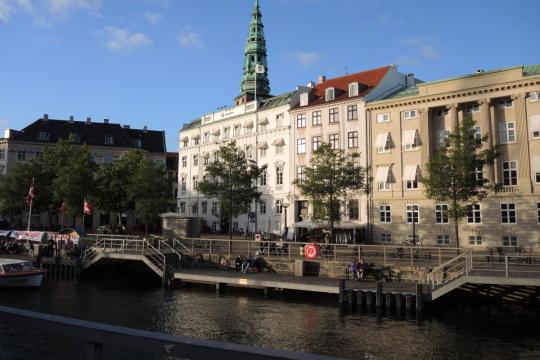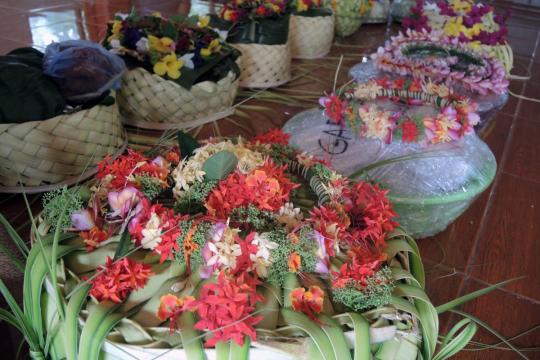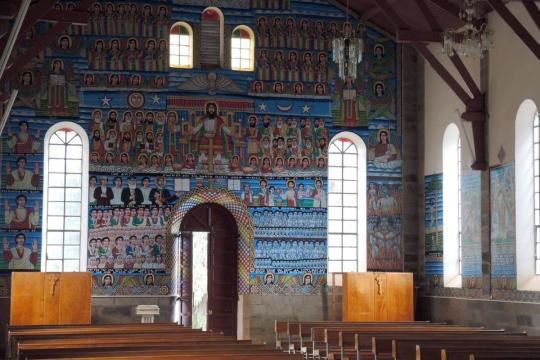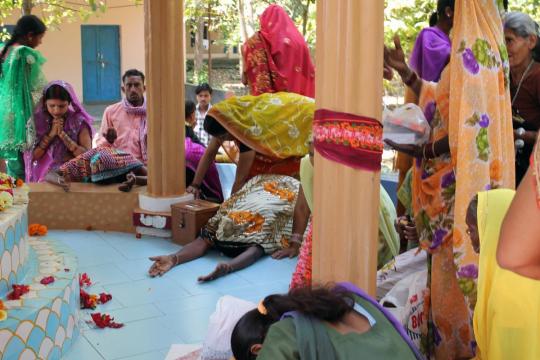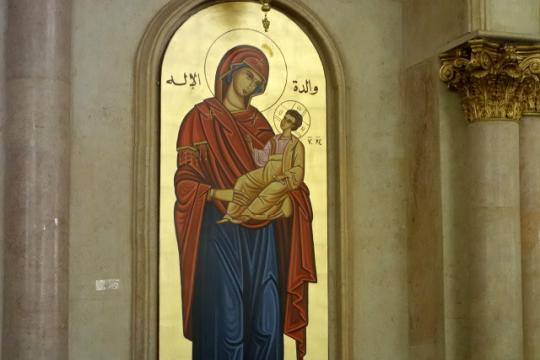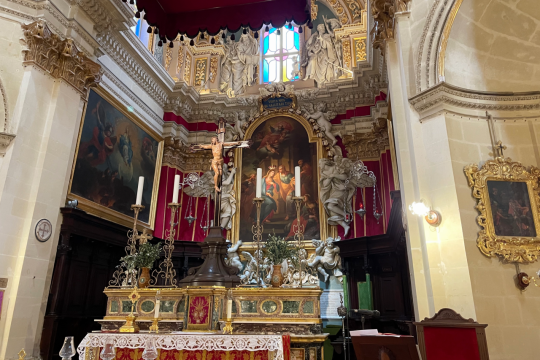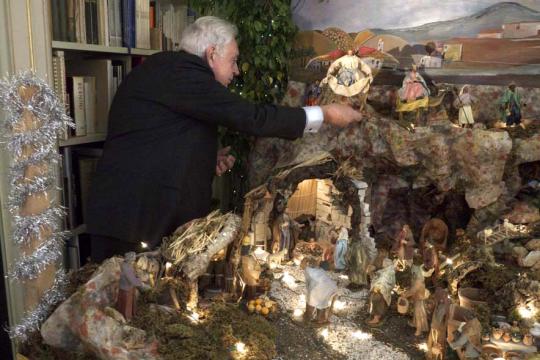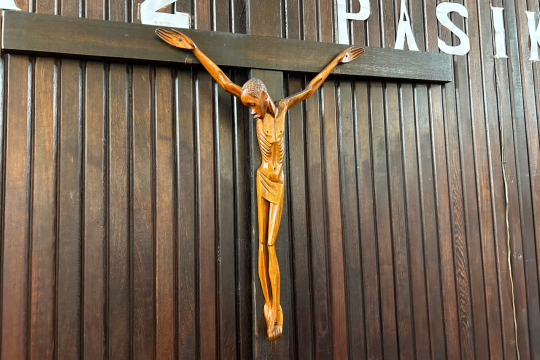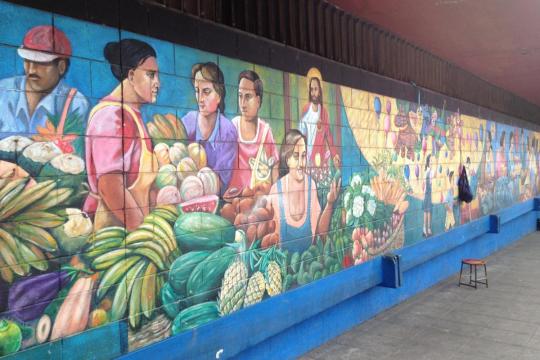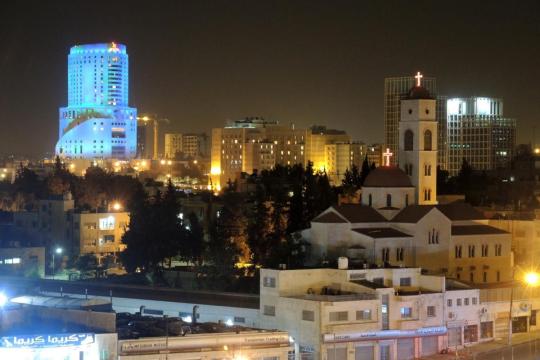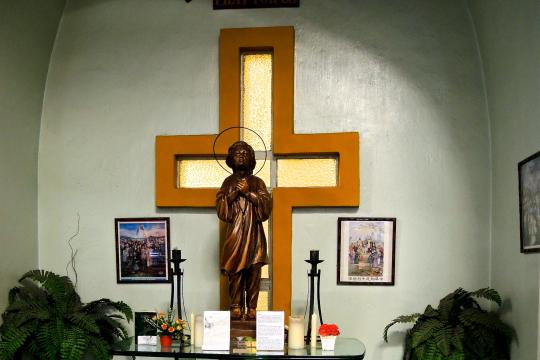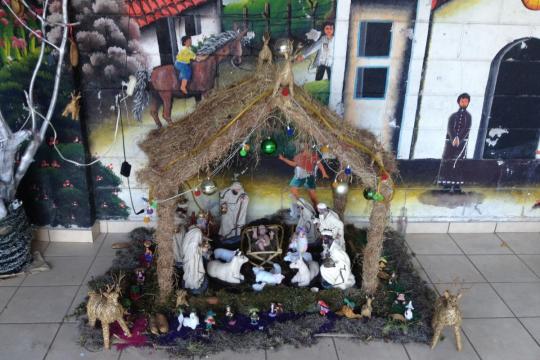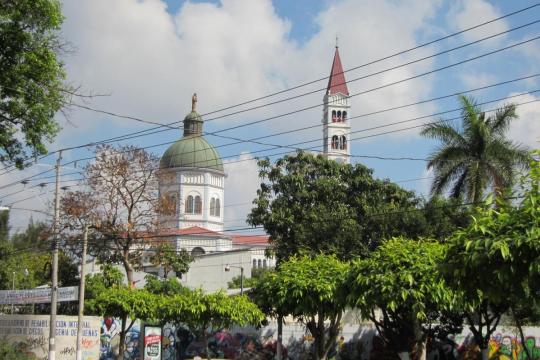While people most often think of Catholicism as a set of beliefs and practices, it is also fair to say that Catholicism has a "look" – really, many looks – that play a significant role in shaping experiences of the faith. These looks are often quite varied from region to region, but also can include an array of styles within a region or culture. Whatever the local variation, Catholics tend to have a clear, if implicit, sense of what architectural or decorative conventions "look" appropriate for a Catholic church or image. This can be true even where local designs borrow significantly from local forms that were originally Protestant or Buddhist or Orthodox or secular.
All of the pages on the Catholics & Cultures site give viewers the opportunity to see Catholic life in particular places, but this section provides a more in-depth opportunity to reflect about some of the aesthetics of Catholicism in different settings. As befits a site about lived Catholicism, the aesthetics explored relate not only to the "best" examples, from an artistic point of view, but especially to the most typical ones. The aesthetic that is most of interest is that of ordinary lay people, not experts.
Students of architecture know a variety of Catholic styles – varieties of Gothic, Baroque, Romanesque and Spanish Colonial among them – that were born in particular geographic settings and were often exported around the world as Catholic aesthetic ideals. Equally interesting is the way that local decorative and architectural styles were adapted, or even assumed primacy, or whether such visual adaptation was ever treated as important.
Many places have exported Western images wholesale, e.g. in the form of gentle, blond-haired and blue-eyed Jesuses, but others have their own styles or twists. In many Eastern Catholic churches, iconography plays an important role, visually highlighting their Eastern connection more than their Roman link. Color palates can vary remarkably from country to country, from the electric to the sentimentally powdered. Certain visual tropes, including the gaze and the style of dress, can signal that the image is Mary or a particular saint.
As the site develops, we will ask in greater depth: What does Catholic “look” like in various contexts? What does a Catholic church or image typically look like in a given place? What are the local conventions that help insure that a person recognizes an image as Jesus or Mary, or as a saint? Are places of worship expected to evoke the ethereal or the everyday? What does the local visual culture communicate about Catholicism's relation to the local culture in other ways?
